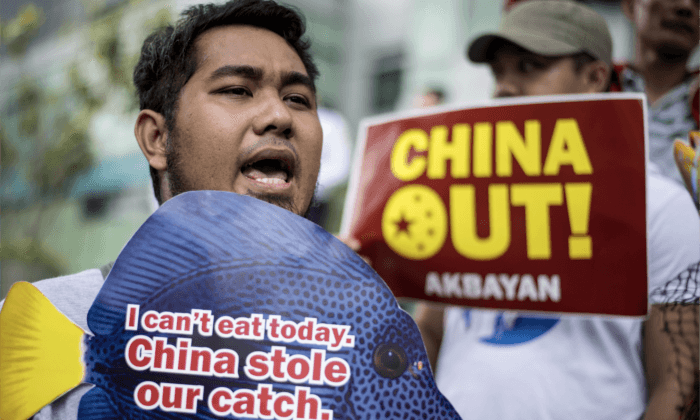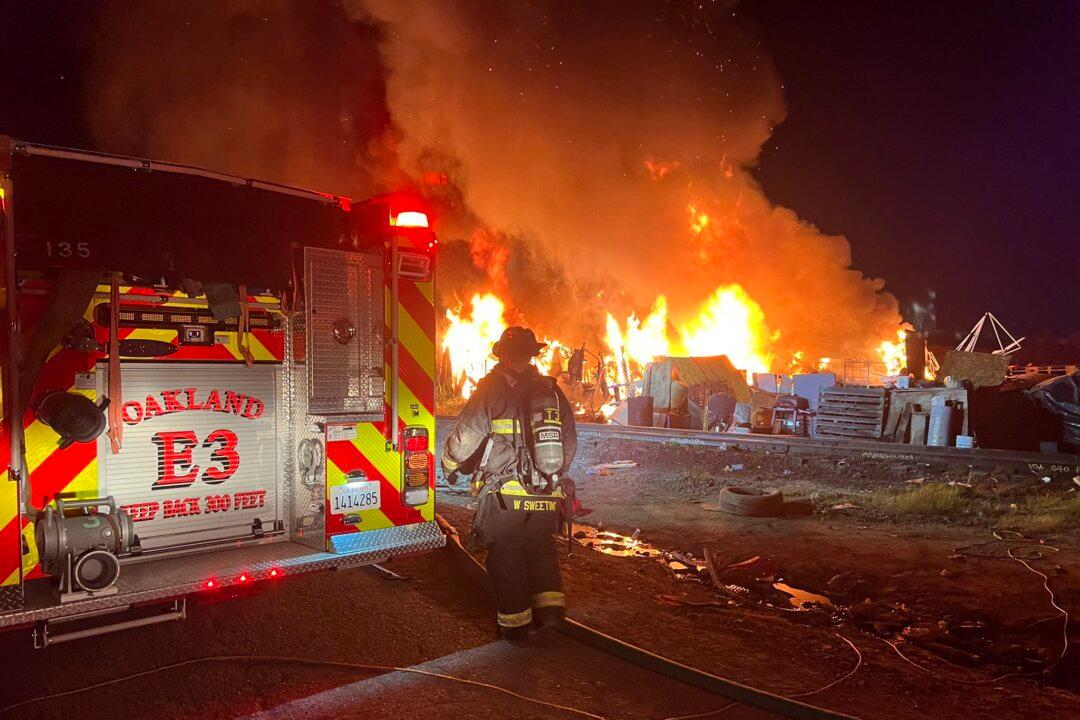The Chinese regime’s claim of sovereignty over the South China Sea (SCS) is met with new challenges. Both Vietnam and the United Kingdom are making moves for greater influence in the body of water as China has amped up aggressive moves to defend its claims in recent years.
The United Kingdom’s Defense Secretary, Gavin Williamson, told The Telegraph Dec. 30, 2018, that he believes after Brexit happens, the country will have a stronger global influence. He has suggested building a military base in the SCS region.





